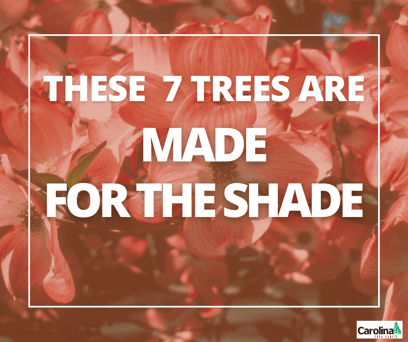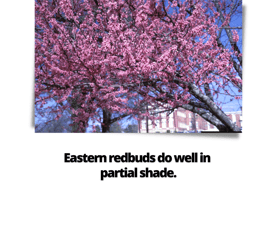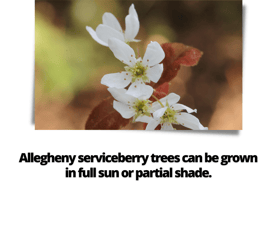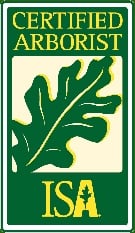Most trees need plenty of sunlight to grow and thrive, but that doesn't mean you have to leave the shady spots of your landscape empty!
There are lots of shade-tolerant tree species out there for you to choose from. Take a look through this list to see if any of these shade-tolerant trees would make the perfect addition to your outdoor space in Charlotte, NC.

What is a shade-tolerant tree?
Let's clear up some terminology. Shade tolerance refers to how well a tree can thrive with limited access to sunlight. The deeper the shade, the less sunlight there is available for photosynthesis. Since photosynthesis is how trees make their food, shade-tolerant trees are typically slower growing than their sun-loving counterparts.
Some types of trees can survive with no direct sunlight to 2 hours of direct sunlight per day, otherwise known as deep shade. Others do well in partial shade, which is 2-6 hours of direct sunlight per day.
There are a few things to keep in mind if you decide to plant your trees in shady settings:
- Less sunshine often leads to fewer flowers and toned-down fall colors for some trees.
- Shade spots may have drier soil, so some trees may need supplemental watering to ensure their survival.
It matters which trees you plant where
There's a saying in the tree care industry: right tree, right place. By that we mean it's important to match the characteristics of the tree with the limitations of the planting site. The amount of growing space, the type of soil, and the amount of light are all elements of the site to consider when you're picking out a tree.
In other words, you can plant trees in locations that are shaded, but you should choose ones that match the available daily sunlight if you want you them to do well.
If you're looking for a tree to plant in a shady spot, these are some good options:
-
Flowering dogwood
The dogwood flower is actually the state flower of NC, so you'll be proud to add this lovely tree to your landscape. It can be planted in sunny locations, but it does best in partial shade.
-
American hornbeam
This small tree can tolerate deep shade. Its leaves first emerge reddish-purple, change to dark green, and then turn yellow to orange-red in the fall, offering a kaleidoscope of color throughout the year. Its fluted blue-gray bark with long sinewy ridges will offer visual interest in the winter, too.
-
Eastern redbud
This small tree is often found growing under taller trees, so it will do well in partial shade. It will be one of the first trees in your yard to bloom in the spring. Its showy flowers will be a welcome arrival after a dull winter! -
Carolina silverbell
This tree does well in partial shade. You'll love seeing its pendent, bell-shaped white flowers in the spring. And in autumn, its leaves will turn a pleasant yellow color. -
Allegheny serviceberry
Allegheny serviceberries are small trees that can tolerate full sun or partial shade. As the name suggests, they produce berries, which a lot of different critters enjoy. They can also be grown as shrubs.
-
Pawpaw
Pawpaws are another tree species that can tolerate deep shade. They produce edible fruit that taste kind of like a banana, mango, or pineapple. -
Yew
While most evergreens do best in full sun, some species can tolerate deep shade. Yews are one example. In fact, they're one of the most shade-tolerant evergreens out there. They're also tolerant of heat and humidity, making them perfect for the Charlotte, NC area.
Once planted, be sure to set up insect and disease prevention and fertilization treatments to keep them healthy and strong. Request a consultation today to talk to a professional about your trees' health needs!
Like what you just read?
Then you'll love this: 5 Evergreens You Should Plant for More Privacy
Photo credits
Cover photo: Robert L. Anderson, USDA Forest Service, bugwood.org
Graphic 1 (American hornbeam): Bill Cook, Michigan State University, bugwood.org
Graphic 2 (Allegheny serviceberry): Rob Routledge, Sault College, bugwood.org
Graphic 3 (Eastern redbud): Carl Dennis, Auburn University, bugwood.org







